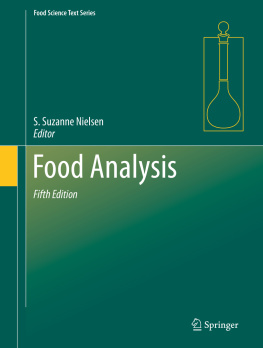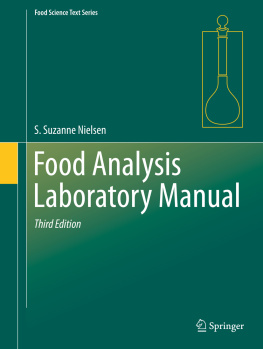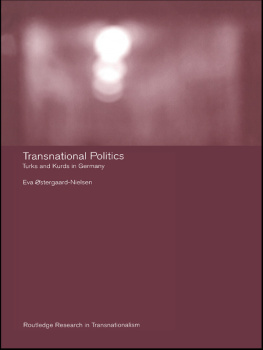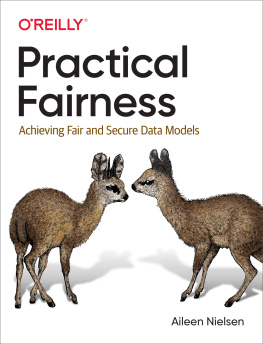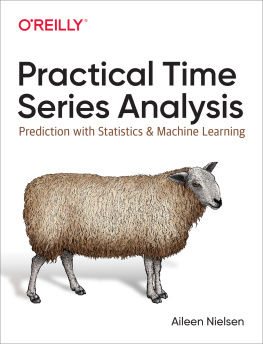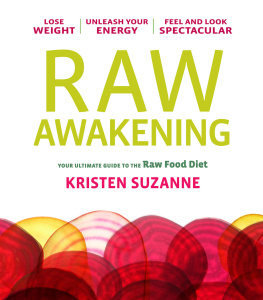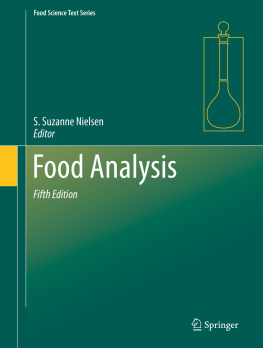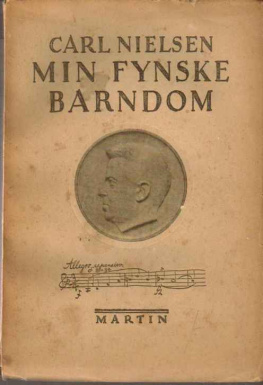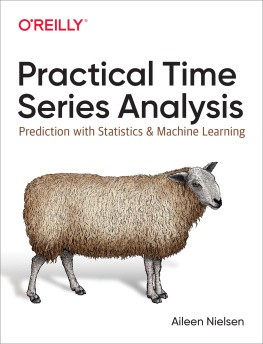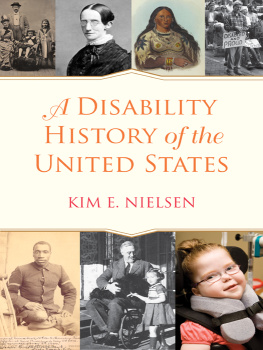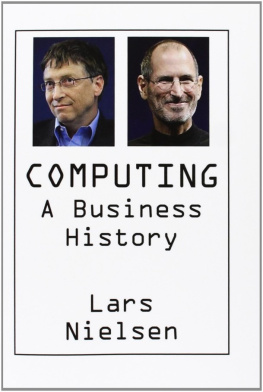S. Suzanne Nielsen - Food Analysis
Here you can read online S. Suzanne Nielsen - Food Analysis full text of the book (entire story) in english for free. Download pdf and epub, get meaning, cover and reviews about this ebook. year: 0, publisher: Springer International Publishing, genre: Children. Description of the work, (preface) as well as reviews are available. Best literature library LitArk.com created for fans of good reading and offers a wide selection of genres:
Romance novel
Science fiction
Adventure
Detective
Science
History
Home and family
Prose
Art
Politics
Computer
Non-fiction
Religion
Business
Children
Humor
Choose a favorite category and find really read worthwhile books. Enjoy immersion in the world of imagination, feel the emotions of the characters or learn something new for yourself, make an fascinating discovery.
- Book:Food Analysis
- Author:
- Publisher:Springer International Publishing
- Genre:
- Year:0
- Rating:3 / 5
- Favourites:Add to favourites
- Your mark:
- 60
- 1
- 2
- 3
- 4
- 5
Food Analysis: summary, description and annotation
We offer to read an annotation, description, summary or preface (depends on what the author of the book "Food Analysis" wrote himself). If you haven't found the necessary information about the book — write in the comments, we will try to find it.
Food Analysis — read online for free the complete book (whole text) full work
Below is the text of the book, divided by pages. System saving the place of the last page read, allows you to conveniently read the book "Food Analysis" online for free, without having to search again every time where you left off. Put a bookmark, and you can go to the page where you finished reading at any time.
Font size:
Interval:
Bookmark:

The Food Science Text Series provides faculty with the leading teaching tools. The Editorial Board has outlined the most appropriate and complete content for each food science course in a typical food science program and has identified textbooks of the highest quality, written by the leading food science educators. Series Editor Dennis R. Heldman, Professor, Department of Food, Agricultural, and Biological Engineering, The Ohio State University, Editorial Board: John Coupland, Professor of Food Science, Department of Food Science, Penn State University, David A. Golden, Professor of Food Microbiology, Department of Food Science and Technology, University of Tennessee. Mario Ferruzzi, Professor, Food Bioprocessing and Nutritional Sciences, North Carolina State University. Richard W. Hartel, Professor of Food Engineering, Department of Food Science, University of Wisconsin. Joseph H. Hotchkiss, Professor and Director of the School of Packaging and Center for Packaging Innovation and Sustainability, Michigan State University, S. Suzanne Nielsen, Professor, Department of Food Science, Purdue University, Juan L. Silva, Professor, Department of Food Science, Nutrition and Health Promotion, Mississippi State University, Martin Wiedmann, Professor, Department of Food Science, Cornell University, Kit Keith L. Yam, Professor of Food Science, Department of Food Science, Rutgers University.

This Springer imprint is published by Springer Nature
The registered company is Springer International Publishing AG
The registered company address is: Gewerbestrasse 11, 6330 Cham, Switzerland
The intent of this fifth edition book is the same as that described in the Preface to the first four editions a text primarily for undergraduate students majoring in food science, currently studying the analysis of foods. However, comments from users of the first four editions have convinced me that the book is also a valuable text for persons in the food industry who either do food analysis or interact with analysts.
The big focus of this edition was to do a general update on methods and to make the content easier for readers to compare and contrast methods covered. The following summarize changes from the fourth edition: (1) general updates, including addition and deletion of methods, (2) three new chapters (Determination of Total Phenolics and Antioxidants Capacity in Food and Ingredients, Food Microstructure Techniques, Food Forensic Investigation), (3) rewrote and/or reorganized some chapters, (4) added tables to some chapters to summarize and compare methods, and (5) added some colored figures.
As stated for the first four editions, the chapters in this textbook are not intended as detailed references, but as general introductions to the topics and the techniques. Course instructors may wish to provide more details on a particular topic to students. Chapters focus on principles and applications of techniques. Procedures given are meant to help explain the principles and give some examples, but are not meant to be presented in the detail adequate to actually conduct a specific analysis. As in the first four editions, all chapters have summaries and study questions, and keywords or phrases are in bold type, to help students focus their studies. The grouping of chapters by category is similar to the fourth edition. However, due to the increased use of spectroscopy and chromatography for many basic analyses, chapters on these topics are covered early in the book. Instructors are encouraged to cover the topics from this text in whatever order is most suitable for their course. Also, instructors are invited to contact me for access to a website I maintain with additional teaching materials related to this textbook and the accompanying laboratory manual.
Starting with the third edition, the competency requirements established by the Institute of Food Technologists were considered. Those requirements relevant to food analysis are as follows: (1) understanding the principles behind analytical techniques associated with food, (2) being able to select the appropriate analytical technique when presented with a practical problem, and (3) demonstrating practical proficiency in food analysis laboratory. This textbook should enable instructors to meet the requirements and develop learning objectives relevant to the first two of these requirements. The laboratory manual, now in its third edition, should be a useful resource to help students meet the third requirement.
I am grateful to all chapter authors for agreeing to be a part of this project. Authors have drawn on their experience of teaching students and/or experience with these analyses to give chapters the appropriate content, relevance, and ease of use. I wish to thank the authors of articles and books, as well as the publishers and industrial companies, for their permission to reproduce materials used here. Special thanks is extended to the following persons: Baraem (Pam) Ismail for valuable discussions about the content of the book and reviewing several book chapters, Ben Paxson for drawing/redrawing figures, and Telaina Minnicus and Mikaela Allan for word processing assistance. I am also very grateful to Bill Aimutis, Angela Cardinali, Wayne Ellefson, Chris Fosse, and David Plank who were valuable for discussions and arranged for me to visit with numerous scientists in the analytical laboratories at the following companies/institute: Cargill, ConAgra Foods, Covance, and General Mills in the USA, and Bonassisa Lab and the Institute of Science of Food Production in Italy.
Font size:
Interval:
Bookmark:
Similar books «Food Analysis»
Look at similar books to Food Analysis. We have selected literature similar in name and meaning in the hope of providing readers with more options to find new, interesting, not yet read works.
Discussion, reviews of the book Food Analysis and just readers' own opinions. Leave your comments, write what you think about the work, its meaning or the main characters. Specify what exactly you liked and what you didn't like, and why you think so.

